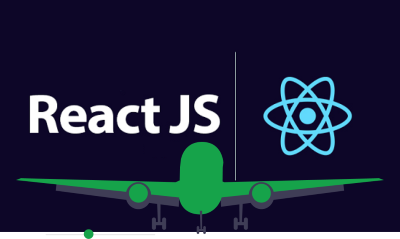- reactjs
- reactjs

tutorial
ReactJS
React is a free and open-source front-end JavaScript library for building user interfaces based on components.

tutorial
ReactJS
React is a free and open-source front-end JavaScript library for building user interfaces based on components.

Published on:
ReactJs Fundamentals
ReactJs Hooks
ReactJs Data Handling
ReactJs Advanced Concepts
ReactJs Routing and Styling
ReactJs Comparisons
ReactJs Miscellaneous